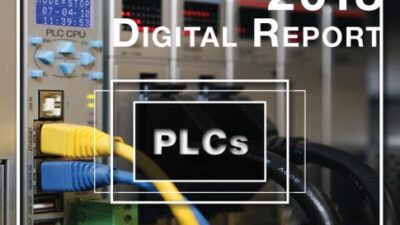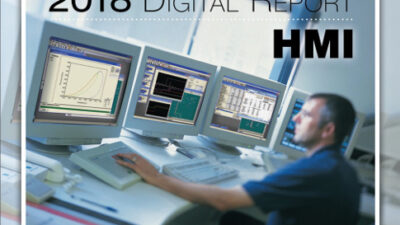NAMUR ( Normenarbeitsgemeinschaft für Mess- Und Regeltechnik in der Chemischen Industrie , loosely translated, the standards working group for chemical industry measuring and control techniques) is pushing along the work of a committee trying to hammer out a common platform to bring together the two major device descriptor language platforms: EDDL and FDT . The organization feels that neither is wholly adequate on its own, but putting the two together has potential to create a best-of-both-worlds solution.
If you’re asking yourself what these languages are used for, device descriptors like EDDL and FDT/DTL embed information into a device that describe its characteristics, how it is configured, how it integrates into a larger control system, and more. The platform includes software to access that information and use it in a larger context. There are even downloadable graphic files using standardized images of items for incorporation into HMIs. EDDL and FDT Group represent the two dominant competing platforms.
NAMUR describes itself as an international association of automation technology users in process industries and is engaged in the following key activities: pooling experience among its member companies; setting user requirements on new devices, systems and technologies; and participating in national and international standardization bodies. Its membership includes 15,000 process control system experts, of whom about 300 are active in the 46 working groups that cover the fields of measurement & control, automation, communication, process control and electrical engineering over the entire life-cycle of systems, including planning, procurement, installation, operation, maintenance, and shutdown.
The group has been working with the EDDL Cooperation Committee and FDT Group following announcement of their collective agreement last April to develop a uniform solution called Field Device Integration (FDI). This new protocol will include EDDL, FDT/DTM, OPC UA (and perhaps a few other acronyms) with the development led by the Institute of Information, Technology and Mechanical Engineering, Technical University of Munich. The group plans to have a draft specification released by the end of 2008. NAMUR supports this effort enthusiastically for key reasons:
-
Both EDDL and FDT are well established in process industries, so neither is likely to fade away naturally;
-
Taken individually, neither satisfies all the requirements of NAMUR recommendation NE 105; and,
-
End users and equipment suppliers are forced to choose one or the other, or maintain parallel offerings.
NAMUR anticipates that the new combined FDI will offer the following:
-
Universal acceptance by vendors;
-
Acceptance by users as a truly international standard;
-
Satisfy of all parts of NE 105;
-
Retain compatibility with the installed base on both sides; and,
-
Offer easy migration of existing technologies.
The new solution will contain the technologies of EDDL and FDT. The FDI project team does not want to create a third solution.
Read the article, “The Language of Device Integration” in Control Engineering , March 2007.
—Edited by Peter Welander, process industries editor, [email protected] ,
Control Engineering Weekly News


